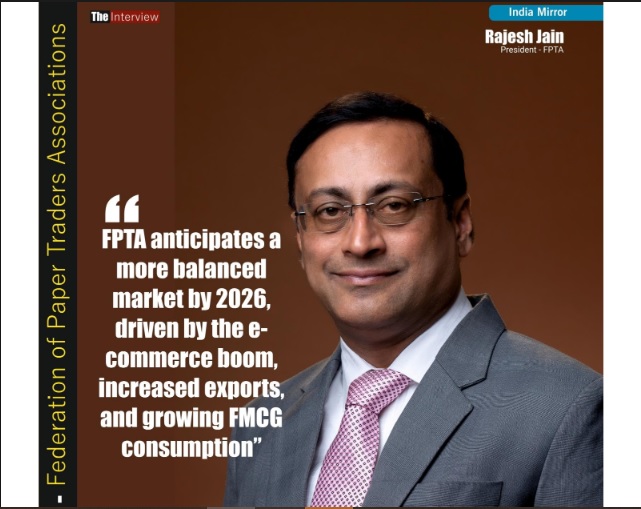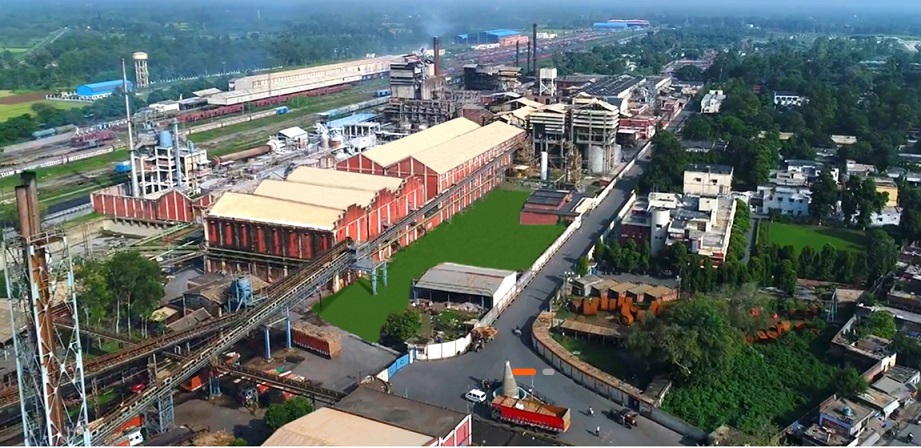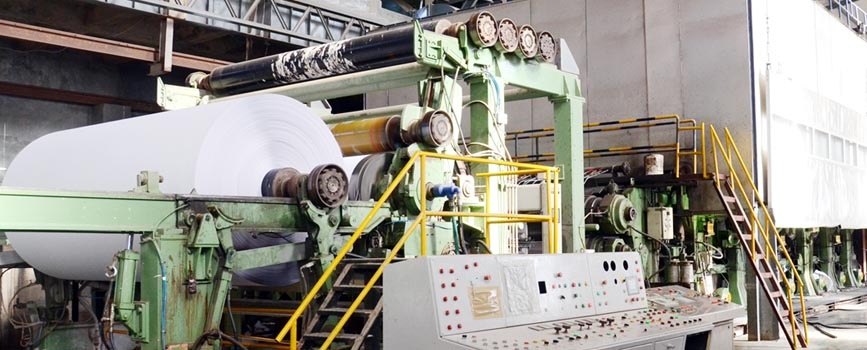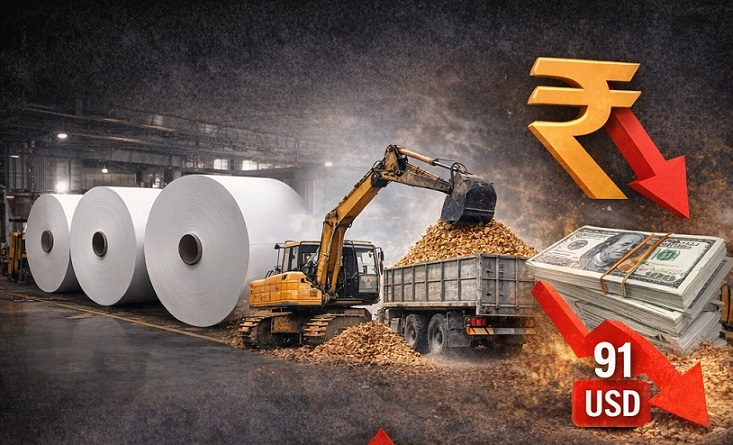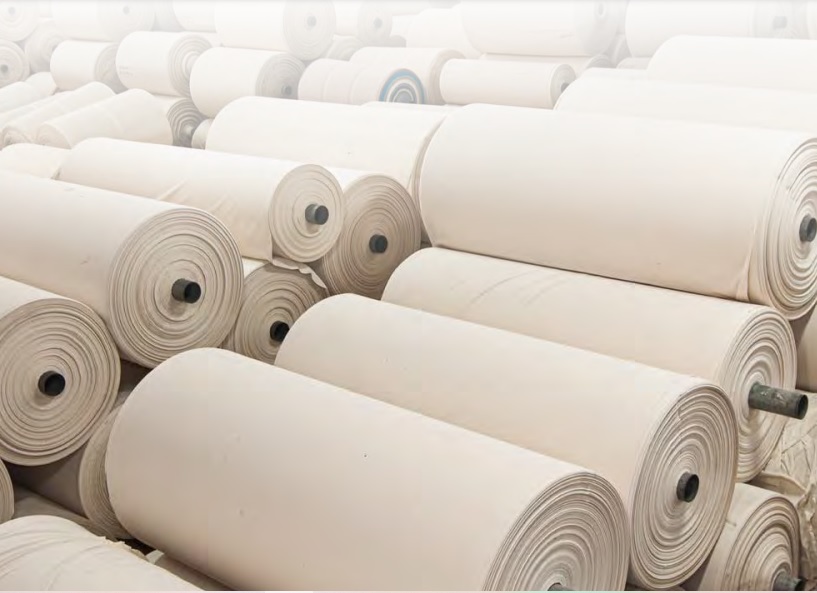Impact of export dynamics on India's paper market, and Input costs and pulp price volatility
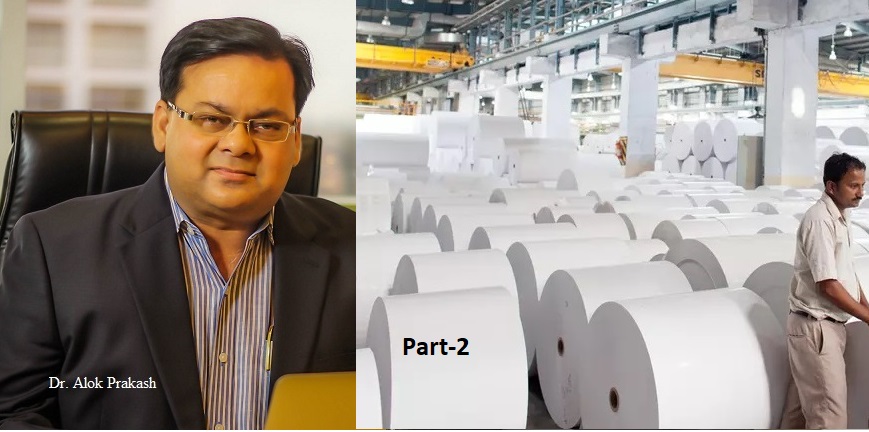
Impact of export dynamics on India's paper market, and Input costs and pulp price volatility
Key Points:
- The reduced pressure on export prices has alleviated some of the price constraints in the domestic market
- Costs have been on the rise, driven by global factors like geopolitical tensions (such as the Russia-Ukraine conflict), increasing energy costs, and disruptions in supply chains (like the Red Sea crisis).
The below article is exclusively written by Dr. Alok Prakash currently is the CEO of M/s Shah Paper Mills Ltd., a prominent company based at Vapi , Gujarat , India, the company operates in the production of eco-friendly Writing & Printing Grades and Speciality Paper. Views are personal.
The Pulp and Paper Times:
Over the past decade, the global economy has endured considerable turbulence, marked by pandemics, recessions, and the current challenges in global shipping routes like the Red Sea crisis. However, amidst these fluctuations, India's paper industry has emerged as a notable success story, achieving remarkable growth. Today, India ranks among the world's top 15 paper producers, contributing approximately 5% to global production.
Global Trade: Impact of Export Dynamics on India's Paper Market
The export of Woodfree Printing and Writing Paper (WPP) and other packaging grade papers is a critical aspect of India's paper industry. These products are significant contributors to India's exports, influencing both domestic pricing and international market trends.
In recent months, the demand for WPP and packaging papers has slowed due to global economic challenges and ongoing trade tensions. This slowdown has led to a drop in export prices. This has posed challenges for Indian exporters as they navigate reduced global demand.
However, amidst these challenges, there emerges a silver lining for domestic paper manufacturers. The reduced pressure on export prices has alleviated some of the price constraints in the domestic market. As a result, Indian manufacturers have been able to maintain stable prices and, in some cases, even implement slight increases. This is facilitated by the persistent demand and supply imbalance within the country.
Looking forward, managing the export dynamics of WPP and packaging papers will be crucial for India's paper industry. As global economic conditions evolve and trade dynamics shift, proactive strategies will be essential to sustain growth and leverage opportunities in the international marketplace.
Surge In Import
India is a significant importer of paper products, with the majority of imports coming from countries such as China, Indonesia, and the United States. The country's paper imports have surged by 43% in the first half of FY24, with imports of paper and paperboard growing to 959 thousand tonnes compared to 672 thousand tonnes in H1 FY23. This can be attributed to the preferential tariff treatment under various free trade agreements (FTAs), particularly the ASEAN-India FTA.
The impact of this growth on the domestic paper industry has been mixed. On the one hand, the surge in imports has led to underutilization of capacity in the domestic paper industry. This has resulted in a significant number of mills becoming commercially unviable. On the other hand, the growth in imports has also led to an increase in the availability of paper products in the domestic market, which has benefited consumers.
Facing Cost Challenges: Input Costs and Pulp Price Volatility
The Indian paper industry is currently facing significant challenges due to rising input costs and volatile pulp prices. Raw materials such as wood, agroforestry products, and recycled waste paper account for a substantial portion—about 45 to 50%—of the industry's revenue. Recently, these costs have been on the rise, driven by global factors like geopolitical tensions (such as the Russia-Ukraine conflict), increasing energy costs, and disruptions in supply chains (like the Red Sea crisis). Simultaneously, global prices for pulp, a critical ingredient in paper production, have reached historic highs. This spike in costs has placed considerable strain on Indian paper mills, impacting their ability to maintain competitiveness in the global market.
To address these challenges, there have been initiatives proposed by raising import duties on paper and paperboard imports from the current level of 10%. This adjustment aims to create a more level playing field for domestic mills by making imported paper less attractive economically.
Looking ahead, while there is anticipation that global pulp supply may increase with new production capacities coming online, demand from sectors like packaging and printing is expected to remain strong. This scenario suggests that pulp prices may stabilize but not drastically decrease, continuing to pose challenges for Indian paper manufacturers reliant on affordable raw materials.
The Waste Paper Conundrum: Unlocking India's Sustainable Future.
As the Indian paper industry continues to thrive, driven by the country's growing urbanization and literacy rates, the demand for waste paper has reached unprecedented levels. However, the supply of this crucial raw material remains a persistent challenge, forcing the industry to rely heavily on imports to meet its needs. The current waste paper scenario in India paints a complex picture. Our country’s paper recycling mills consume around 14-15 million tonnes of waste paper annually, with nearly 70% of this sourced from overseas markets. India's high reliance on imports shows that its waste management system has big gaps. Much of the waste isn't collected or recycled properly.
The quality of waste paper available domestically also poses a significant hurdle. Intensive use and re-use of paper in India have led to a decline in the quality of the waste paper, making it less suitable for recycling. This, in turn, has further exacerbated the industry's dependence on imports, as the domestic supply fails to meet the stringent quality requirements.
As the demand for paper products continues to grow, the need for a sustainable and self-reliant waste paper ecosystem has become increasingly pressing. The Government and industry stakeholders must work in tandem to address this challenge, unlocking the country's potential for a truly circular economy.
One crucial step would be to invest in the development of a robust waste management infrastructure. This would involve improving collection, segregation, and processing capabilities, ensuring that a larger proportion of waste paper is captured and channelled back into the recycling stream. Incentivizing waste collection and segregation at the community level could also play a pivotal role in boosting domestic supply.
Simultaneously, efforts must be made to improve the quality of waste paper available in the domestic market. This could involve educating consumers on the importance of proper waste disposal and paper usage, as well as implementing stricter quality standards for the recycling industry. Technological advancements in paper recycling processes could also help to overcome the challenges posed by the deteriorating quality of waste paper. This would not only strengthen the competitiveness of the domestic paper industry but also contribute to the country's broader sustainability goals, paving the way for a greener and more resilient future.
The Red Sea Crisis: Impacts and Opportunities for Diversification
The Red Sea crisis has significantly impacted the global paper industry, including India. This crisis has resulted in higher shipping costs, longer delivery times, and increased market uncertainty. As a major importer and exporter of paper goods, India's paper industry is particularly vulnerable to the impacts of this crisis.
The immediate effects of the crisis are already being felt, with some mills announcing price increases. This could lead to a further increase in prices if the situation persists, as paper mills may need to pass on the increased costs to consumers. The crisis has also led to a surge in demand for alternative sources of paper, with some mills opting to import from other regions. This shift in trade flows has created new opportunities for some players, but also poses significant challenges for others.
In the short term, the crisis is likely to lead to higher prices for paper products, as mills and traders struggle to maintain their profit margins. This could have significant implications for the Indian paper industry, which is already facing challenges from the ongoing economic downturn and the impact of the COVID-19 pandemic.
However, the Red Sea crisis also presents an opportunity for India's paper industry to diversify its supply chain and reduce its reliance on a single region. By exploring alternative sources of paper and investing in new technologies and processes, India's paper industry can not only mitigate the impacts of the crisis but also position itself for long-term growth and success.
Looking Ahead: Strategic Vision for Sustainable Industry Growth
As we look to the future, the resilience and adaptability demonstrated by India's paper industry offer a compelling blueprint for navigating an increasingly complex global landscape. The industry's smart investments in technology, sustainability, and supply chain improvements have not only driven its growth but also prepared it to face new challenges. By continuing to focus on innovation and sustainability, while keeping an eye on global market trends, India's paper industry is ready to keep growing.
The journey ahead will undoubtedly present hurdles, from rising input costs to shifting trade dynamics. However, these challenges also bring opportunities for further growth and transformation. Embracing new technologies, exploring new market areas, and building up domestic capacities will be key to staying competitive.
Ultimately, the Indian paper industry's success story is a testament to the power of strategic foresight and collective action. As the global economy changes, the industry's dedication to resilience, sustainability, and innovation will be the foundation of its ongoing success. With a strong base and a forward-looking approach, India's paper industry is set to remain a global leader, helping drive economic growth and sustainable development for many years to come.
About the Author
Dr. Alok Prakash currently is the CEO of M/s Shah Paper Mills Ltd., a prominent company based at Vapi , Gujarat , India, the company operates in the production of eco-friendly Writing & Printing Grades and Speciality Paper. Driven by his extensive expertise in the paper industry, Dr Prakash is recognized for his innovative thinking and strategic vision, which have been instrumental in establishing the company as one of the leading industry player. Under his guidance, company is getting on the path of growth and success, maintaining a steadfast commitment to delivering high-quality products to its valued customers.
Web Title: Impact of export dynamics on India's paper market, and Input costs and pulp price volatility




 Join WhatsApp Group
Join WhatsApp Group Join Telegram Channel
Join Telegram Channel Join YouTube Channel
Join YouTube Channel Join Job Channel (View | Submit Jobs)
Join Job Channel (View | Submit Jobs) Join Buy Sell Channel (Free to Submit)
Join Buy Sell Channel (Free to Submit) Paper News Headlines Channel (Free to read)
Paper News Headlines Channel (Free to read)



